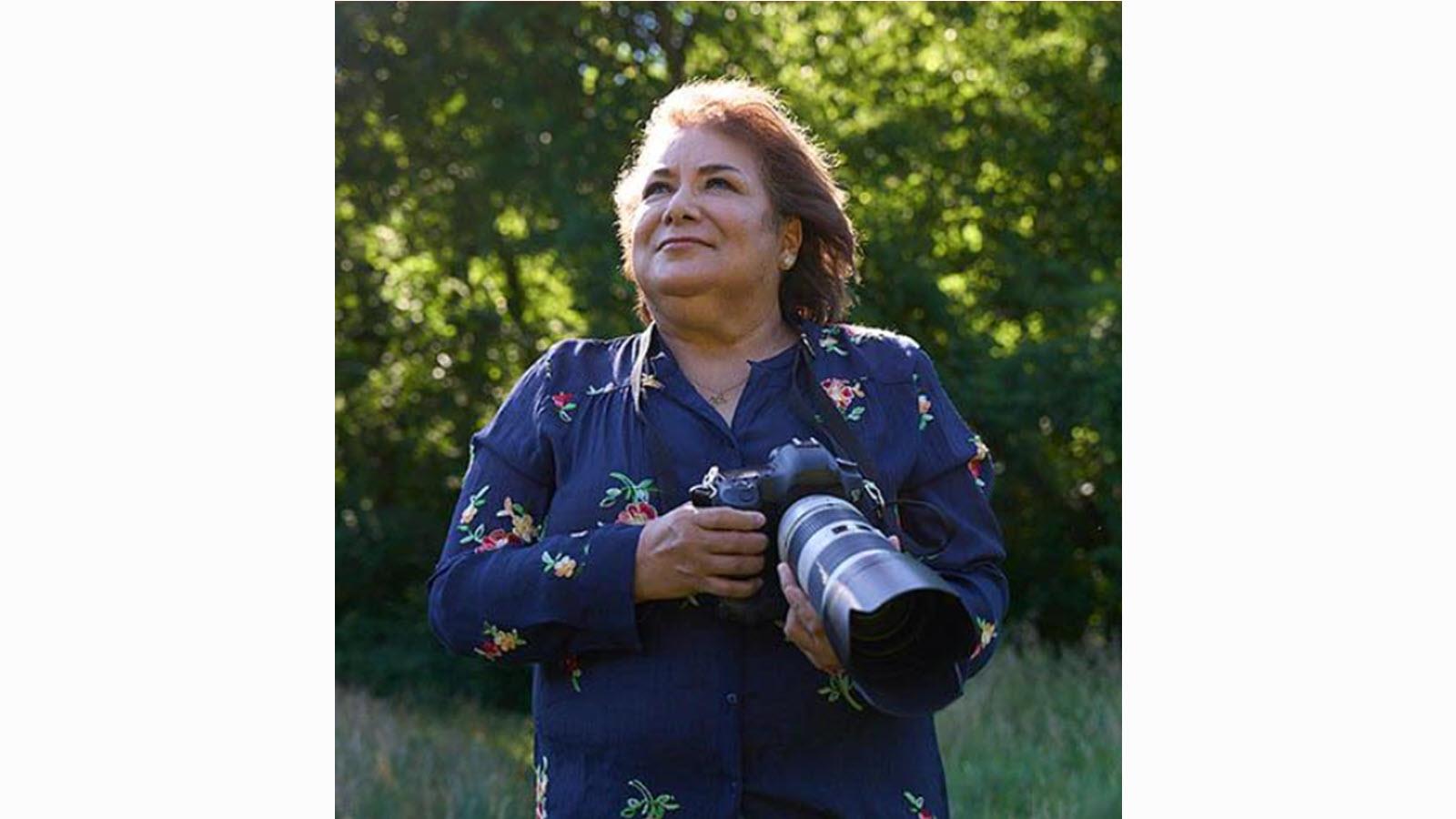If you follow the primary immunodeficiency (PI) community, you’ve heard the statistic about how it takes years for patients to get an accurate diagnosis. The Immune Deficiency Foundation estimates nine to 15 years from the onset of symptoms, such as frequent infections, to diagnosis with one of the several thousand types of primary immunodeficiencies.
But for Texan Alice Drennon, another number sums up her journey: 122.
That’s how many sick days she needed in 2008, when she experienced one severe infection after the other – ear infections, sinus infections, pneumonia, bronchitis, upper respiratory infections and more. Frequent emergency room visits and hospital stays disrupted everything, including her work life at a Houston law firm.
Then her physician referred her to an immunologist.
"My life was about to change forever," said Drennon, who is now an energetic advocate for people who life with PI.
Primary immunodeficiency means a person was born with a faulty or incomplete immune system. It makes them vulnerable to serious, even life-threatening, infections. Diagnosis and treatment can help protect patients from frequent illnesses. Drennon learned she has common variable immunodeficiency (CVID), one of the most common PIs, which affects about one in 250,000 people.
Realizing that not many people knew what CVID was and not knowing anyone else with the diagnosis, Alice took matters into her own hands.
“I decided to be my own advocate,” she said.
She joined the Immune Deficiency Foundation's (IDF) Get Connected Group in Houston, Texas, which connects members so they can discuss their diagnosis, build connections and hear from medical professionals. Drennon learned that some PI patients visit plasma donation centers because they depend upon plasma-based medicine.
Today, Drennon is one of them as part of the Plasma PALs community. For the last five years, she has been visiting donation centers in Texas to spread the word about her condition and to thank donors. Texas is a famously big state and she has traveled as far as 365 miles away from home to visit a center.
“The experience is humbling, to say the least. I can speak with the staff and donors, encouraging them to be kind to those who walk through the door, as we all have life challenges. These donors give the gift of life, which is priceless. They give, I live!”
In addition to her usual volunteer work for IDF, she volunteered to serve as a Spanish-language interpreter for interviews with Mexican donors so that they could tell their stories for the Plasma Hero website and highlight the importance of plasma donation. Drennon is also featured in the U.S. Department of Health and Human Services (HHS) Giving=Living Campaign to promote both blood and plasma donation.
“You can’t imagine how honored and privileged I am,” she said. “I share my story with the purpose of them learning more about real patients. I thank each donor for their generosity and courage because their selfless act saves lives and one of them is standing in front of them—what an impact!”



